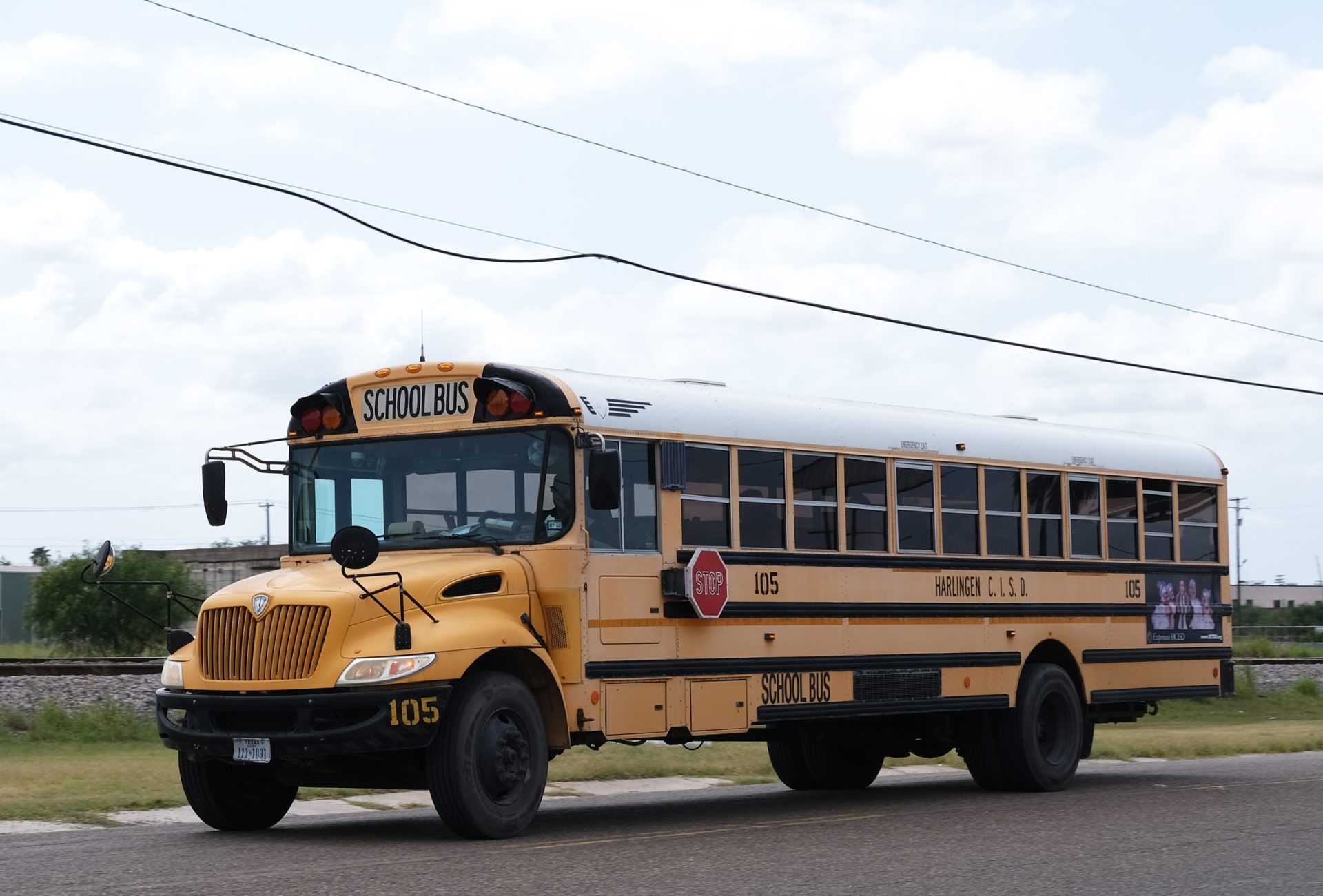|
Only have a minute? Listen instead
Getting your Trinity Audio player ready...
|

HARLINGEN — The Harlingen school board is proposing a 6-cent property tax cut as the Cameron County Appraisal District boosts properties’ appraised values.
The board has set a June 27 public hearing to discuss the proposal to cut its tax rate from $1.15 to $1.09 per $100 valuation, Julio Cavazos, the district’s former chief financial officer now working as a consultant, said.
While the 6 cents was projected to generate about $3.2 million, the increase in appraised property values is expected to boost revenues from $4.3 billion to $5.3 billion, he said.
“Homeowners received quite a large increase in property values,” he said during an interview.
As a result of a state law passed in 2020, governments can’t increase their tax revenues more than 3.5 percent per year.
“Based on current law, we will have to compress (reduce) our tax rate by the 6 cents,” Marcy Martinez, the district’s spokeswoman, stated.
District ready for second tax cut
This year, the district might be proposing a second tax cut as the state Senate considers what could become the biggest tax cut in Texas history.
If the state Senate passes the House bill, the district might be cutting its tax rate by another 5 or 6 cents, Cavazos said.
Since 2018, when the district’s tax rate stood at $1.318 per $100 valuation, the board has cut the rate by about 16 cents, Martinez stated.
Proposed budget cut
Meanwhile, officials are proposing a $183 million budget compared with the current $189 million budget, Cavazos said.
Factors leading to the drop in revenue include falling student attendance, Veronica Kortan, the district’s interim superintendent, said.

Since the coronavirus pandemic led many parents to keep their children home from school stemming from fear of contracting the virus, some students continue to stay home, she said, adding the district no longer provides remote instruction.
“Parents have been working with their kids,” Kortan said during an interview.
Some parents continue keeping their children out of school because they’re more “comfortable” at home, she said.
“They got comfortable at home,” Kortan said, referring to parents who have kept their children at home after the three-year pandemic. “We empower families to bring them into our schools.”
Many students remaining at home have fallen behind in their academics, Martinez said.
“A lot of them got behind,” she said.
Drop in attendance costs districts
While the district’s average daily student attendance stood at 95.5 percent four years ago, it’s dropped to 92 percent, Cavazos said, adding one percentage point means about $1 million in revenue.
For every students attending class, the state gives the district about $6,460, based on a formula, he said.




